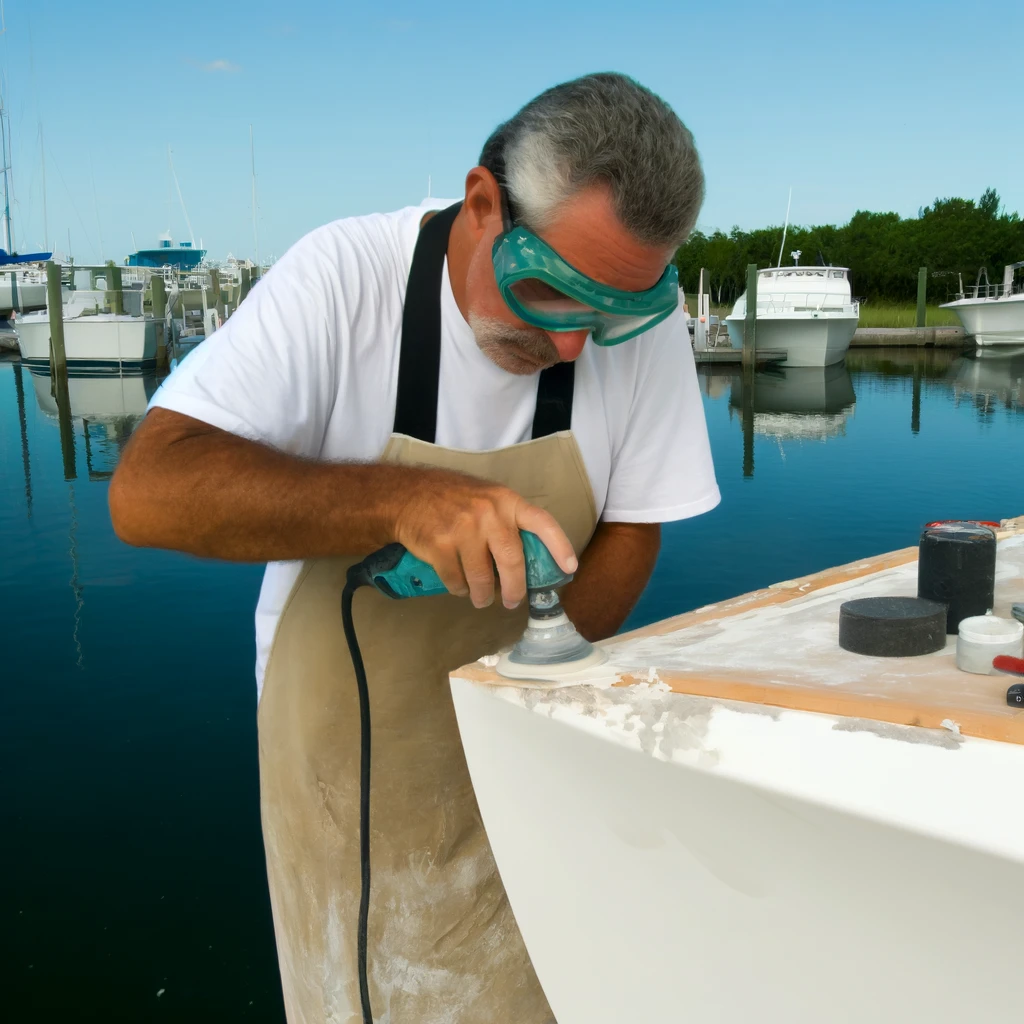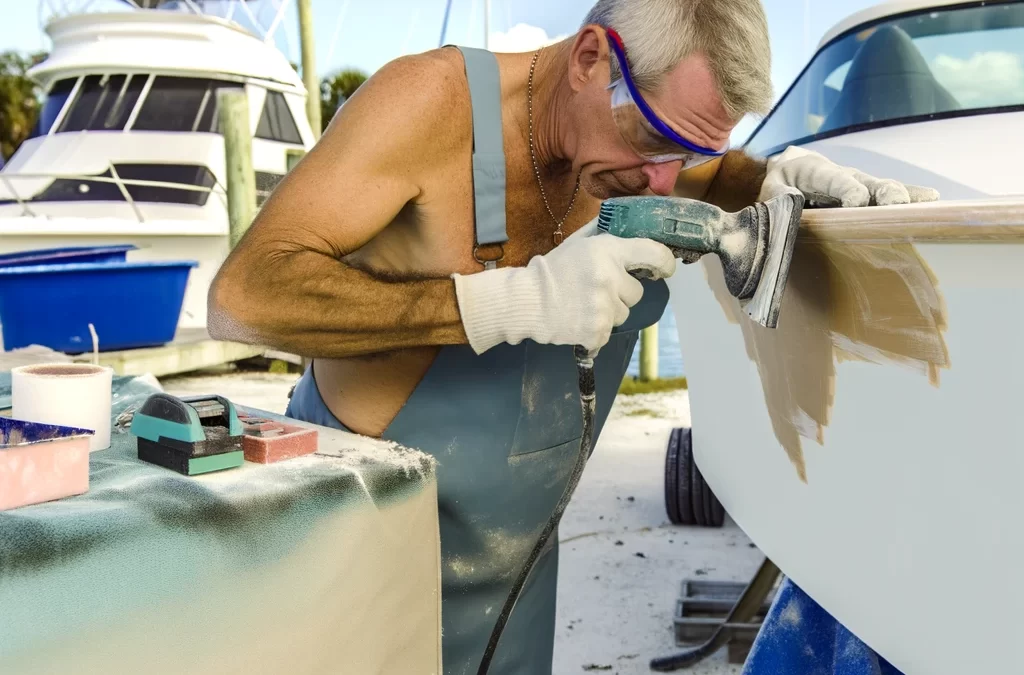The Gulf Coast, known for its scenic shorelines and thriving marine industry, is also a region where boats often face the brunt of harsh weather and demanding marine environments. Fiberglass boats, while durable and resilient, are susceptible to various types of damage that can compromise their safety and longevity. This comprehensive guide explores the crucial role of fiberglass repair, spotlighting the expertise of businesses like Gulf Coast Fiberglass Repair that help keep the maritime community afloat.

Table of Contents
Understanding Fiberglass Damage
Fiberglass is a preferred material for boat construction due to its strength and lightweight properties. However, it is not immune to damage. Common issues include:
- Osmotic Blistering: Moisture penetration causes blisters in the fiberglass hull, leading to structural weakness.
- Impact Damage: Collisions with docks, debris, or other vessels can create cracks or holes.
- UV Degradation: Continuous exposure to sunlight can weaken the resin bond in the fiberglass, leading to brittleness.
- Stress Cracks: These typically occur near the boat’s corners and around cutouts, often a result of flexing in the water or improper lifting techniques.
The Repair Process
Repairing a fiberglass boat is both an art and a science, requiring precision and expertise. The typical repair process includes:
- Damage Assessment: Technicians evaluate the extent of damage and plan the repair strategy.
- Preparation: The damaged area is cleaned and dried. Any loose material is removed, and edges are sanded to create a strong bonding surface.
- Laying Fiberglass: Depending on the damage, layers of fiberglass mat or cloth are applied with resin. This material conforms to the boat’s contours and restores its strength.
- Curing: The resin must cure, a chemical process that can be accelerated by heat.
- Finishing Touches: Once cured, the repaired area is sanded smooth and a gelcoat matching the boat’s original color is applied.
Advanced tools like moisture meters, digital imaging for damage mapping, and UV-cured resins have revolutionized the repair process, making it quicker and more effective.
Case Studies: Before and After
Several success stories from Gulf Coast Fiberglass Repair illustrate the dramatic transformations possible with professional repair work:
- Case Study 1: A 22-foot fishing boat sustained a large gash on its hull from a docking accident. The repair restored its integrity and aesthetics, virtually erasing signs of damage.
- Case Study 2: A yacht suffered from extensive osmotic blistering. The repair involved removing the affected layer, treating the underlying surface, and applying new fiberglass, followed by a protective gelcoat.
Maintenance Tips to Avoid Fiberglass Damage
Preventive maintenance can significantly extend the life of a fiberglass boat. Tips include:
- Regular Cleaning: Keeping the boat clean of salts and contaminants prevents osmotic damage.
- Waxing: Regular waxing protects the gelcoat from UV rays.
- Routine Inspections: Checking for any signs of stress cracks or damage, especially after rough outings, can prevent small problems from becoming major repairs.
Economic Impact on the Local Marine Industry
The economic impact of fiberglass repair businesses like Gulf Coast Fiberglass Repair extends beyond individual boat owners. By maintaining the integrity and appearance of vessels, these businesses support the overall health of the marine industry, contributing to local economies through employment and service offerings.
Conclusion
The art of fiberglass repair is essential for sustaining the life and performance of boats on the Gulf Coast. With skilled technicians and advanced technologies, businesses like Gulf Coast Fiberglass Repair ensure that boats not only return to their former glory but also continue to provide safety and enjoyment to their owners. Whether it’s routine maintenance or extensive repair, these professionals play a pivotal role in the marine community.
This in-depth exploration into fiberglass repair not only educates boat owners but also underscores the importance of the craftsmanship provided by specialists in the field, ensuring that the Gulf Coast’s boating tradition thrives for generations to come.

